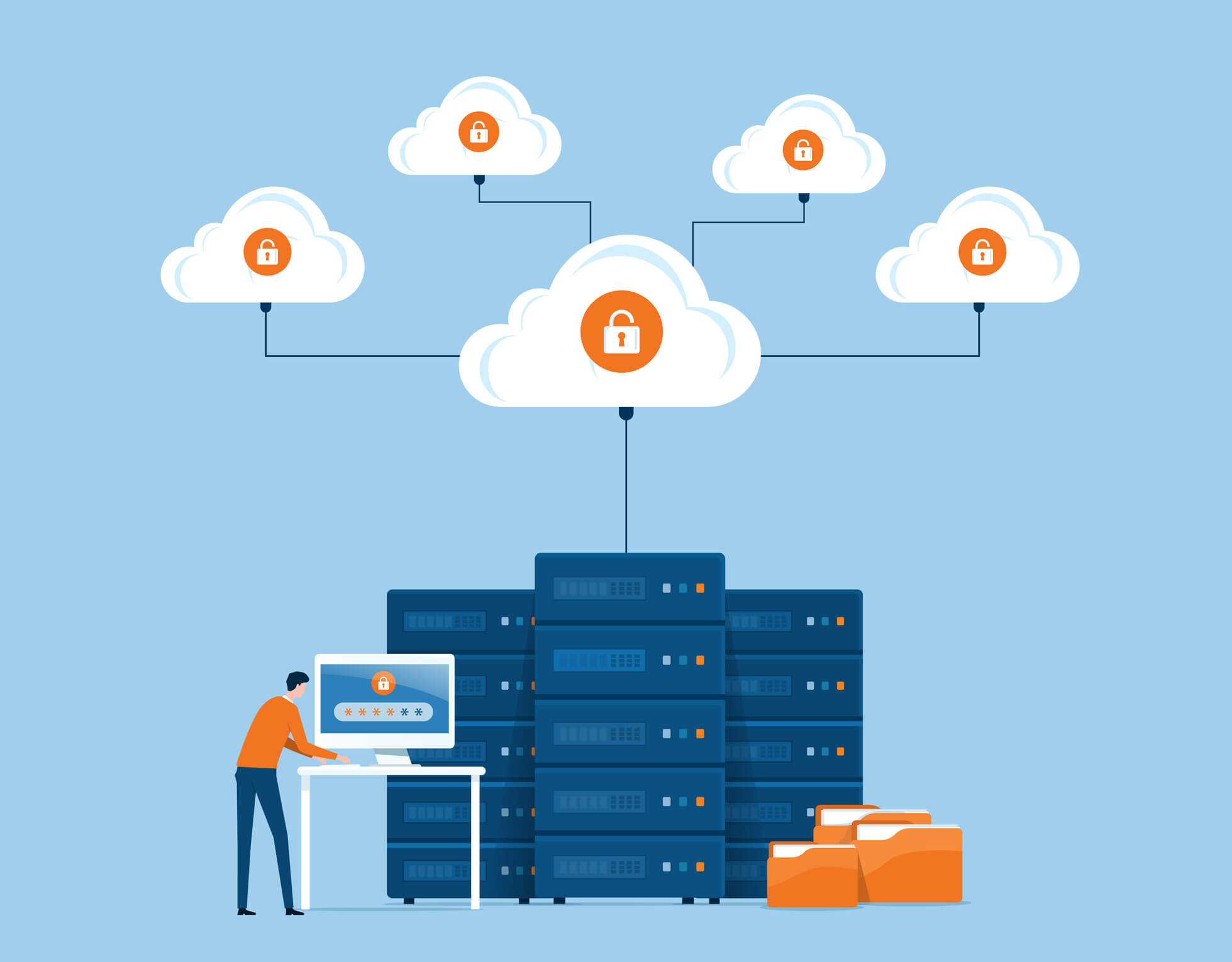A business always needs capital, especially when your innovation is to be developed and tested before you get customers to buy. The need is governed by the type of business you conduct and your financial situation and is divided into working capital and investment capital. Operating capital applies to what is needed in everyday life for day-to-day operations and to manage differences between when you get paid for your service or product and when you must pay your bills. The investment capital applies to what is needed to invest in the company, such as product development, machinery, and equipment.
There are many types of financing offered:

Equity
The simplest and most obvious is your own money. Starting there is a good idea if you have sufficient resources for the business and investments.
Network
With family, relatives, friends, or contacts, some may believe in your idea and are willing to invest. Through a loan, they can become co-owners, or maybe someone can contribute.
Banks
Borrowing from the bank is something many people do. Still, as a new entrepreneur, it wants to go through collateral, such as a house, apartment, or another person going on bail, yourself as an entrepreneur, and your business plan or idea.
Lender
In addition to the bank, other players who only have one idea lend capital to already established companies from you. There are many types of loans with additional terms; mainly, you turn to.
Customers and Suppliers
When your business has come so far that you have customers and suppliers, hopefully, most of your financing will start there, i.e., you can live on what you sell. Here, you should ensure that the customer pays as soon as possible and that you get a good payment term from the suppliers.

Leasing and installment
You can ask the person you buy from for a lease or installment for investments in machinery, equipment, and other things that cost a lot. Leasing is like an agreement where you pay a fee every month, and when paying off, you decide to split the payment over a certain period and not spend everything at once.
Leasing can be an option when you need machines, equipment, or cars in the company. Once you have decided to acquire a machine, a car, or equipment, the supplier sells the object to a finance company (the lessor). The lessor then rents the property to your company for a more agreed monthly or quarterly rent. After the end of the rental period, you get the opportunity to buy the object at a predetermined price, the residual value. In this way, the company does not tie up capital in equipment but instead pays a leasing fee for the right to use the equipment. Since leasing is a form of rent, you do not own the leasing object; thus, it is not counted as an asset in the balance sheet.
Factoring
Factoring means invoice mortgaging. In factoring, your company is granted credit with accounts receivable as collateral. The invoice is pledged and transferred to the finance company. As usual, your company sends the invoices to the customer, but the finance company handles the collection and accounting of the invoices.

Investor
Many invest in innovations and companies and expect returns in the future. Here, you will find so-called venture capital companies and so-called business angels. A venture capital company is a company, while a business angel is a private person who wants to invest in new innovative businesses.
Contribution
It is also possible to receive a grant for innovation or a business start-up, i.e., you do not have to pay back the amount you receive. It often happens with public actors such as the Swedish Public Employment Service, the County Administrative Board, or various European Union initiatives.
P2P: Peer-to-Peer
The transfer or exchange of information, data, or resources amongst parties without the intervention of a central authority is usually referred to as decentralization. Individual and group interactions are frequently dispersed in P2P.
A successful entrepreneur is frequently prepared to invest in similar fresh concepts. As a result, it’s a procedure in which people pool their money to help one another. Business or ethnic groups supporting similar efforts are common examples.
Computers and networks (peer-to-peer file sharing) and currency trading utilize the approach (virtual currencies).
Microloans
Microcredit, up to a few thousand dollars or less, is available from businesses and non-profit groups to encourage entrepreneurship and persons who would not otherwise qualify for bank funding. About Complete Controller® – America’s Bookkeeping Experts Complete Controller is the Nation’s Leader in virtual bookkeeping, providing service to businesses and households alike. Utilizing Complete Controller’s technology, clients gain access to a cloud platform where their QuickBooks™️ file, critical financial documents, and back-office tools are hosted in an efficient SSO environment. Complete Controller’s team of certified US-based accounting professionals provide bookkeeping, record storage, performance reporting, and controller services including training, cash-flow management, budgeting and forecasting, process and controls advisement, and bill-pay. With flat-rate service plans, Complete Controller is the most cost-effective expert accounting solution for business, family-office, trusts, and households of any size or complexity.
About Complete Controller® – America’s Bookkeeping Experts Complete Controller is the Nation’s Leader in virtual bookkeeping, providing service to businesses and households alike. Utilizing Complete Controller’s technology, clients gain access to a cloud platform where their QuickBooks™️ file, critical financial documents, and back-office tools are hosted in an efficient SSO environment. Complete Controller’s team of certified US-based accounting professionals provide bookkeeping, record storage, performance reporting, and controller services including training, cash-flow management, budgeting and forecasting, process and controls advisement, and bill-pay. With flat-rate service plans, Complete Controller is the most cost-effective expert accounting solution for business, family-office, trusts, and households of any size or complexity.














